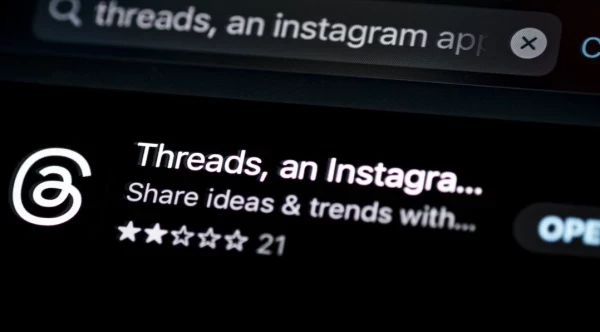I Don't Really Want to Call You
Add bookmarkWhen calling my cable company to report an outage, I ignore the IVR options and aggressively press "0" to reach an operator.
When contacting the ad networks that sponsor my personal blog, I dismiss the notion of e-mail support and aggressively search for a phone number I can use to reach a live agent.
In my mind, my behavior speaks to a simple reality: I need help, and I need it immediately. I have no interest in jumping through self-service hoops or hoping someone actually reads and answers my email. I need to connect with someone capable of quickly and correctly handling my issue.
To stubborn, short-sighted businesses, my behavior sends a decidedly different message.
My preference for an effective customer service interaction is mistaken for a channel preference. Because I am actively pursuing a telephone conversation, I, in the eyes of these businesses, am declaring telephony the ideal channel for brand interactions.
Already vulnerable to inertia, these organizations now have anecdotal—and perhaps empirical—motivation to resist change. They have actual customers bypassing "modern" channels to connect with a live agent. They have actual customers heading directly for the phone when their need for support is urgent and/or significant.
When organizations succumb to that logic, they thwart the evolution of customer care.
What produces this flawed logic – and, in turn, stunted customer service growth – is business’ failure to think about the why when it comes to the customer experience. Just as many organizations automatically assume increases in average handle time reflect a decrease in contact center performance or that strong customer satisfaction scores mean the contact center is operating optimally, businesses approach the channel question from a cripplingly shallow perspective.
They conflate the concepts of channel selection with channel preference. If a customer, when faced with the option to interact in a myriad of different channels, selects to call, these businesses reason that he prefers to call.
Many researchers are guilty of the same thing. They look at aggregate call volume statistics, see that phone activity is still significant and consequently declare the traditional call center to be alive and well.
In both cases, they are overlooking the fact that the preference associated with a customer’s selection is not necessarily one of channel. As is true in my case—and surely in many others—my ultimate preference is to reach someone accountable for resolving my issue quickly and completely. My channel selection is based on my perception regarding existing capabilities. It is based on my expectation for the care I will receive in each possible channel.
What fuels those perceptions and expectations? Experiences!
Because my experiences have conditioned me to believe a live operator is the only way to receive proper phone support, logic tells me to press "0" when I call. It is not that I want to talk to an operator – it’s that I believe I need to.
I basically live on my mobile phone and laptop. I almost always have an e-mail inbox open. So when I ignore the suggestion to e-mail customer support and search for phone numbers, you better believe I do not want to leave the confines of a web channel to enter a telephonic one. I believe I need to.
Certainly not statements of preference, my channel selections are effectively reviews of the service I receive in other channels.
While an inert business might read my decision to forego email or social support as proof that I love the phone, customer-centric ones know to consider that I might simply hate what they do in email and social media. And once they accept that notion, they create an internal dialogue about whether improving the holistic experience—including that offered in non-telephonic channels--would be a more satisfying way of honoring my preferences than stacking the deck in favor of the phone.
The multi-channel era brought attention to the different channels in which communication could occur. It made businesses recognize the possibility that a customercould have a channel preference and that it might be in the organization’s best interest to comply.
The omni-channel era presumes seamless access to multiple channels (that, after all, is the reality of life in the modern, mobile-driven world) and thus focuses on using those channels as instruments for meeting customers’ more fundamental objectives. Channel strategy is not about offering channels but aboutleveraging them.
Of course customers will have preferred channels, but it is equally obvious that they will not consider an interaction successful merely because it happened where they felt most comfortable. Their far more notable concerns will likely involve concepts like efficiency and efficacy. Customers will flock to the channels that best fulfill those desires.
Businesses, consequently, should assure their service quality is consistent across channels.
It is only when a customer knows that he will receive an optimal experience regardless of channel selection that he can choose to engage in the specific channel he prefers. It is only then that a business can tailor its business to the totality of customer preferences.
Instead of getting caught a vicious circle of bias toward the most popular channel, businesses should embark on a path toward creating value regardless of channel. They should think about why a customer is interacting rather than where.





















